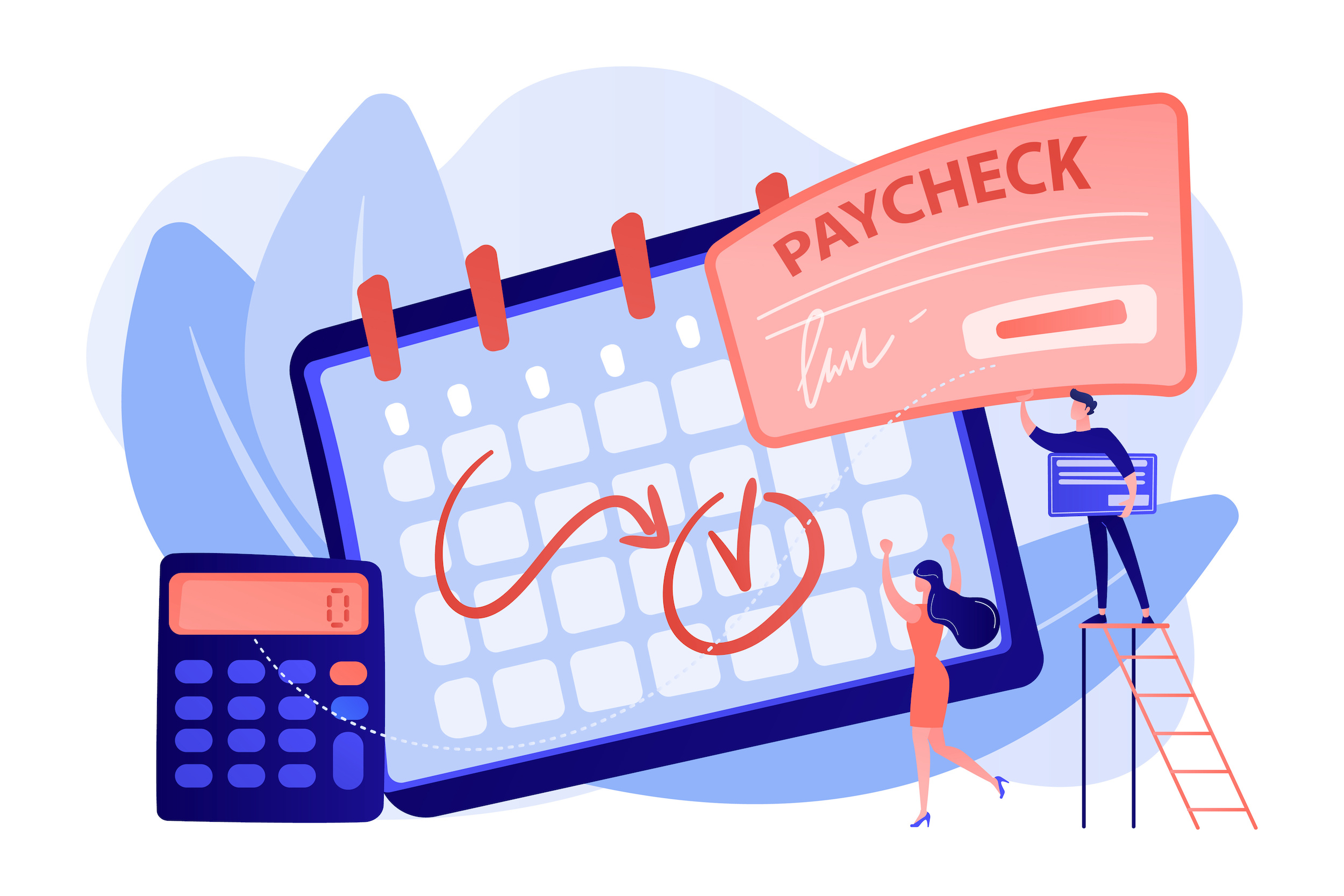
Last week we learned how to calculate payroll as well as how to pay yourself an owner’s salary. In part two of Payroll Made Easy find out if you can afford additional employees and how your payroll can be covered through cash flow management.
Managing Cash Flow
To alleviate the stress of wondering if you have enough money to pay yourself and your staff, we revisit the term real revenue.
First, open a separate payroll bank account and fund that account with a percentage of real revenue. To calculate the percentage, determine the percent of real revenue to payroll costs you’ve used in the past.
For example, a company determines their real revenue is $600,000. Their payroll costs were $120,000 (less than the the suggested payroll costs). Since $120,000 is 20% of $600,000, 20% of your revenue should be contributing to the payroll account each pay period. Since revenue fluctuates each month this number will be lower some months and higher others, but the extra cash flow should cover future shortfall.
Payroll for Additional Employees
According to “Profit First,” by Mike Michalowicz, your business should generate real revenue of $150,000 to $250,000 for each full-time employee.
This metric is great to determine if you’re overstaffed or understaffed. Additionally, another good test for hiring is to set the projected salary aside for a few months. By the time you’re ready to hire, you’ll have enough salary saved to afford time for adequate training.
Inspiration for this post came from “Meeting Payroll” by Marcia Donaldson published in the April 2022 issue of American Quilt Retailer.
If you’re looking for more information to guide you in owning a retail business, subscribe to American Quilt Retailer today. Already a subscriber? No worries—join our Facebook group for insights and dialogue from industry specialists like you. And don’t forget, you can always purchase single issues if you prefer that instead.





